Animated theory
People with autism tend to use more expressive language than controls do when asked to describe the movement of geometric shapes. But their descriptions are inaccurate.
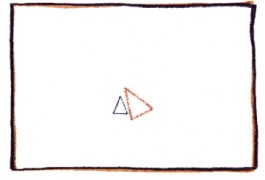
People with autism tend to use more expressive language than controls do when asked to describe the movement of geometric shapes. But their descriptions are inaccurate.
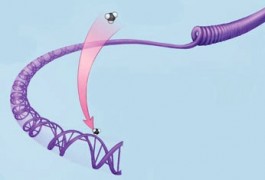
A new drug appears to relieve symptoms of fragile X syndrome by blocking the over-production of a key protein in a subset of people with the disorder, according to a 6 January study in Science Translational Medicine.
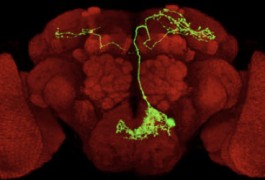
Using tricks of genetic engineering, researchers in Taiwan have created the first comprehensive map of the myriad neuronal connections in the fruit fly brain. The findings appeared 11 January in Current Biology.

Using tricks of genetic engineering, researchers in Taiwan have created the first comprehensive map of the myriad neuronal connections in the fruit fly brain. The findings appeared 11 January in Current Biology.

Teenagers with autism use as many gestures in conversation as do their typically developing peers. Their gestures do not improve their stories, however, and are poorly linked to the words they wish to illustrate.
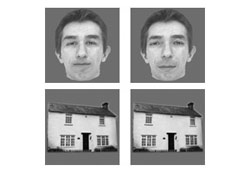
Relatives of individuals with autism recognize faces and emotions better than people with autism do, but not as well as typically developing controls do, according to a study published in December in Autism Research.
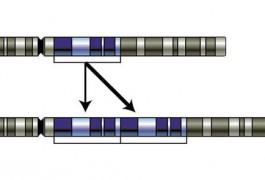
Copy number variations, or CNVs — duplications or deletions of DNA segments — can influence the expression of unrelated genes on the same chromosome, according to a study published in November in PLOS Biology.
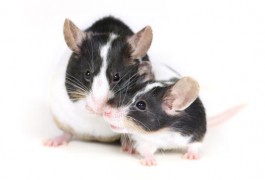
Scientists have created mice that carry mutations in SHANK3, one of the strongest candidate genes for autism. The animals have behavioral and neurobiological features reminiscent of autism, researchers reported 17 December in Molecular Autism.

Teenagers with autism look at faces in pictures a little later than controls do, even when the faces are the most striking part of the image, according to a study published in November in Neuropsychologia. They are as likely as healthy controls to look at other prominent aspects of an image, however.

Doctors are more likely to miss autism in girls, even when their symptoms are as severe as those of boys, adding to the gender bias that exists in autism.